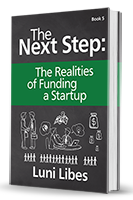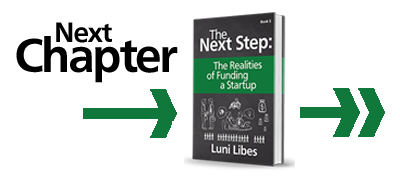Trending toward zero…
The change from funding ideas to funding startups with traction is due not only to the aftereffect from the dot-com bubble, but also from the lower costs now required to start startups. Back in the 1990s, startups had far higher startup costs. They needed phones and copiers and fax machines. They needed a receptionist to answer the phone and greet any visitors. Nearly every desktop needed a computer, and, relatively speaking, these were expensive. And most of all, they needed a marketing budget to reach potential customers, buy PR assistance, buy advertisements, print flyers, and postage.
Here in the early twenty-first century, every startup can set up a professional-looking website in hours, and can reach potential customers via free social media and free email marketing. All a founder needs is a cellphone, a domain name, and a desk in a coffee shop or co-working space.
This greatly lowered cost of starting up is even more true for product companies. It used to take months and hundreds of thousands of dollars to turn an idea into a prototype. Now, all it takes is a 3D design and few hours from the 3D printer.
Investors understand this reality. They understand that, for most startup ideas, it is possible for the founder to create a minimal-viable product (MVP) and to test out that MVP with at least a handful of customers, funded by nothing more than the founder’s savings or credit cards.
And for those startups where there is no way around the need for seed capital, the reality is that they are competing for funds against the mobile apps, the online services, and everything else that requires no such seed capital.













